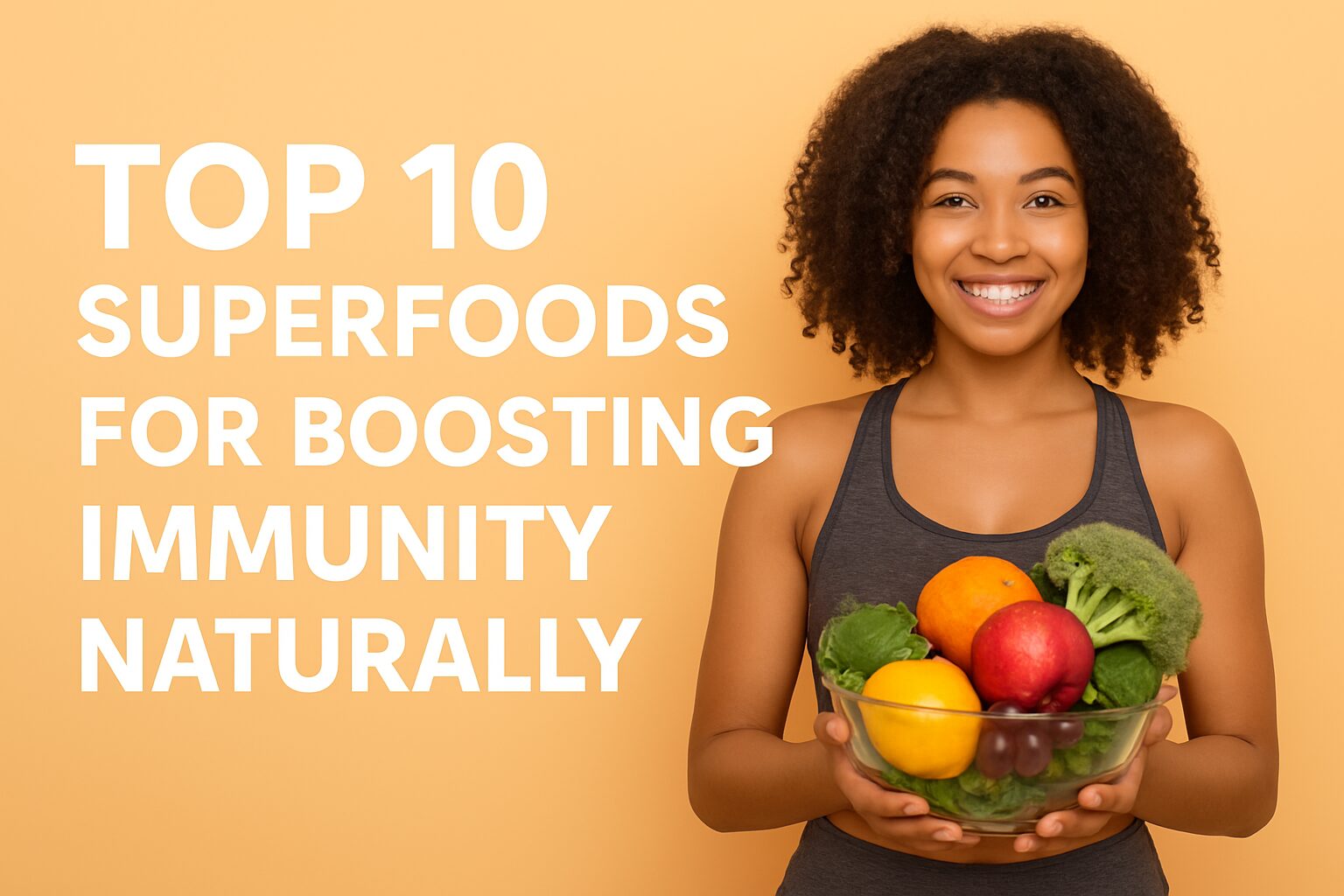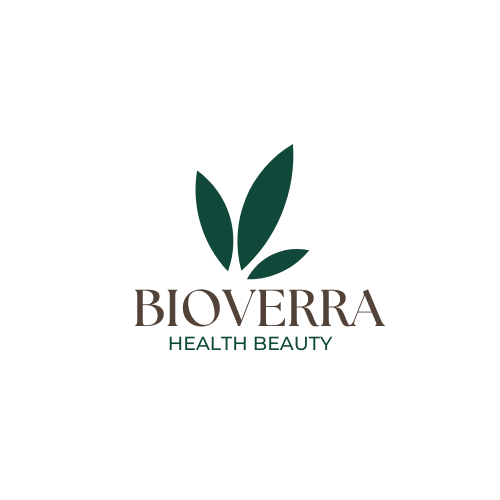The Ultimate Guide to Superfoods: Benefits, Types, and How to Add Them to Your Diet

In today’s world of fast food and processed meals, superfoods have gained attention as nutrient-dense foods that provide remarkable health benefits. But what exactly are superfoods? Are they really as powerful as people claim? And how can you add them to your daily routine without breaking the bank?
This comprehensive guide will walk you through everything you need to know about superfoods: what they are, their scientifically backed benefits, the top examples, and practical tips for including them in your diet.
1. What Are Superfoods?
Superfoods are not a medical term but a popular label for foods that are exceptionally high in vitamins, minerals, antioxidants, and other compounds that support overall health.
Key Components of Superfoods
-
Antioxidants → fight oxidative stress and free radicals.
-
Fiber → supports digestion and gut health.
-
Healthy fats → such as omega-3 fatty acids for heart and brain health.
-
Plant-based protein → like quinoa, offering complete amino acid profiles.
2. Proven Health Benefits of Superfoods
2.1 Immune System Support
-
Citrus fruits, kiwi, garlic, and ginger are rich in vitamin C and compounds that strengthen immune defenses.
-
Probiotic-rich foods like Greek yogurt improve gut microbiome balance, which directly impacts immunity.
2.2 Heart and Cardiovascular Health
-
Fatty fish like salmon provide omega-3s that lower inflammation and improve cholesterol balance.
-
Nuts and seeds (almonds, chia, walnuts) help regulate blood pressure and support healthy arteries.
2.3 Digestive and Gut Health
-
Leafy greens and chia seeds are fiber powerhouses.
-
Fermented foods like kefir and kimchi introduce beneficial bacteria for improved digestion.
2.4 Anti-Inflammatory and Anti-Aging Properties
-
Turmeric’s active compound curcumin reduces inflammation.
-
Blueberries, pomegranate, and green tea provide antioxidants that combat aging at the cellular level.
3. Top Superfoods You Should Know
Here’s a list of widely studied superfoods and their primary benefits:
| Superfood | Main Benefits | How to Use |
|---|---|---|
| Dark Leafy Greens (kale, spinach) | High in vitamins A, C, K, iron, magnesium; heart and bone support | Salads, smoothies, light steaming |
| Berries (blueberries, strawberries) | Rich in antioxidants; brain and heart health | Snacks, oatmeal, yogurt, smoothies |
| Salmon & Fatty Fish | Omega-3 for brain and cardiovascular function | Grilled or baked twice a week |
| Chia & Flax Seeds | Fiber + plant omega-3; satiety and gut health | Sprinkle on cereals, smoothies, salads |
| Turmeric | Anti-inflammatory; joint health | Cooking spice, golden milk, supplements |
| Quinoa | Complete protein; rich in fiber and minerals | Side dish, salads, bowls |
| Greek Yogurt & Fermented Foods | Probiotics for gut and immune support | Snacks, breakfast, dips |
| Nuts & Seeds | Healthy fats, vitamin E, antioxidants | Small handful daily, trail mix |
| Green Tea & Matcha | Boosts metabolism, brain focus, antioxidants | Morning drink, iced tea, lattes |
4. How to Add Superfoods to Your Diet
-
Start small: Add one superfood daily (a handful of berries or a cup of green tea).
-
Diversify: Rotate between seeds, greens, fruits, and fermented foods for balanced nutrition.
-
Preparation tips:
-
Steam vegetables lightly to preserve nutrients.
-
Combine fat-soluble vitamins (like vitamin K from greens) with healthy fats (olive oil, avocado).
-
-
Easy meals:
-
Smoothie with spinach, banana, and blueberries.
-
Quinoa salad with salmon and avocado.
-
Greek yogurt topped with chia seeds and almonds.
-
5. Precautions and Myths
-
Not a magic bullet: Superfoods complement, not replace, a balanced diet.
-
Moderation is key: Overeating nuts or powders can cause calorie overload or digestive issues.
-
Check quality: Choose organic or minimally processed options when possible.
-
Allergies: Be mindful of nut, fish, or dairy allergies.
6. Superfoods vs. Regular Healthy Foods
Is kale really “better” than broccoli? Are acai bowls superior to apples?
In truth, many everyday foods are just as healthy as “superfoods” but lack the marketing hype. Whole grains, beans, apples, and carrots are nutrient-dense and affordable — showing that you don’t need exotic products to eat well.
7. FAQs
Q1: Can superfoods replace supplements?
Not always. They’re nutrient-dense, but supplements may still be needed for deficiencies.
Q2: Are superfoods expensive?
Not necessarily. Oats, spinach, beans, and apples are all considered affordable superfoods.
Q3: How many superfoods should I eat daily?
Aim for 2–3 servings from different categories for balance.
Conclusion
Superfoods are not a miracle cure, but they are powerful allies in achieving better health. From leafy greens and berries to omega-3 fish, nuts, and turmeric — these foods provide vitamins, antioxidants, and nutrients your body needs to thrive.
Start simple, stay consistent, and enjoy the journey toward a more vibrant lifestyle with superfoods.




